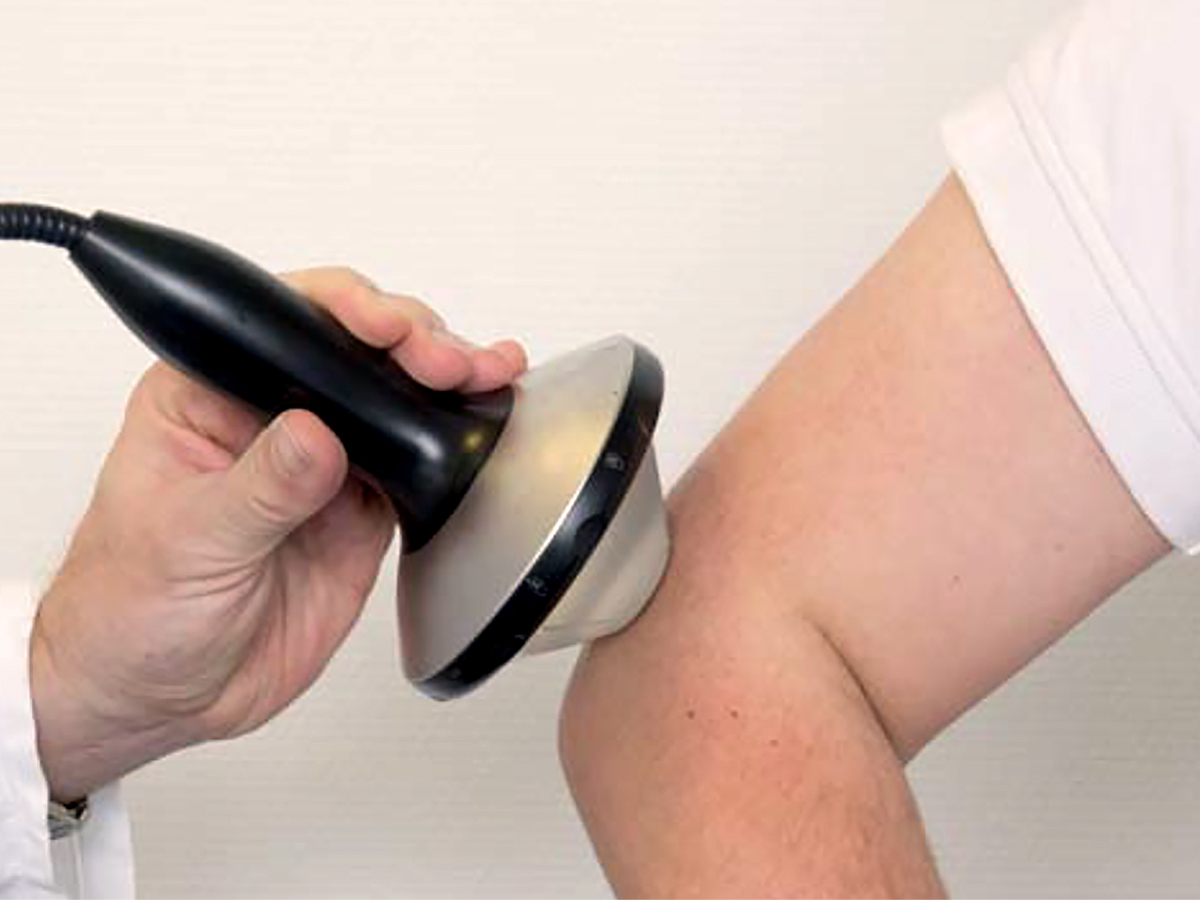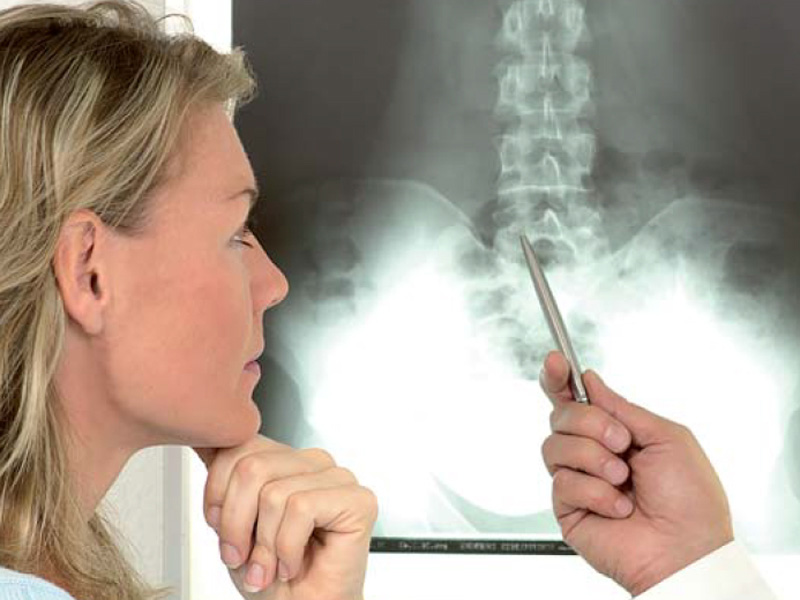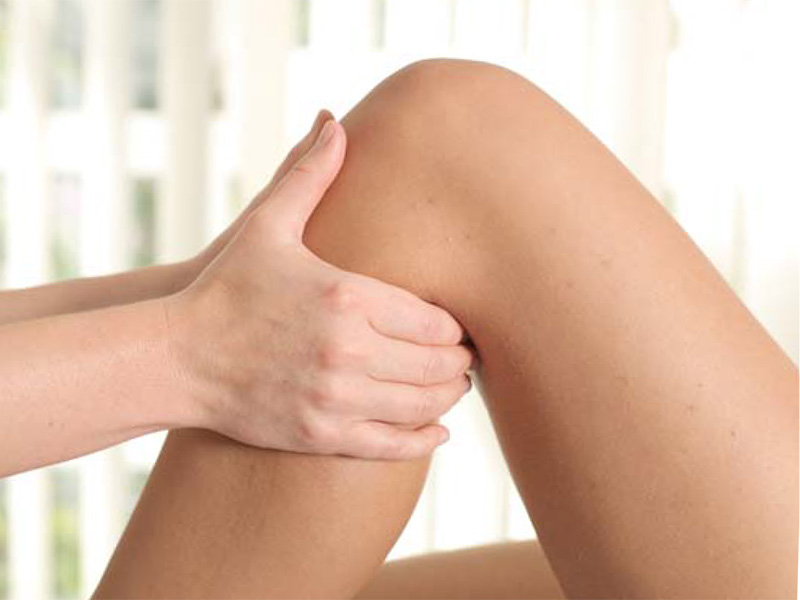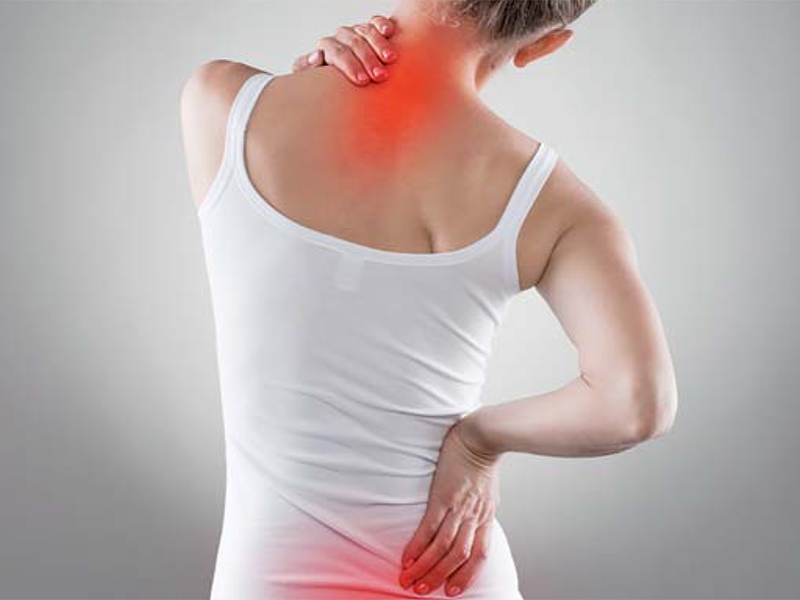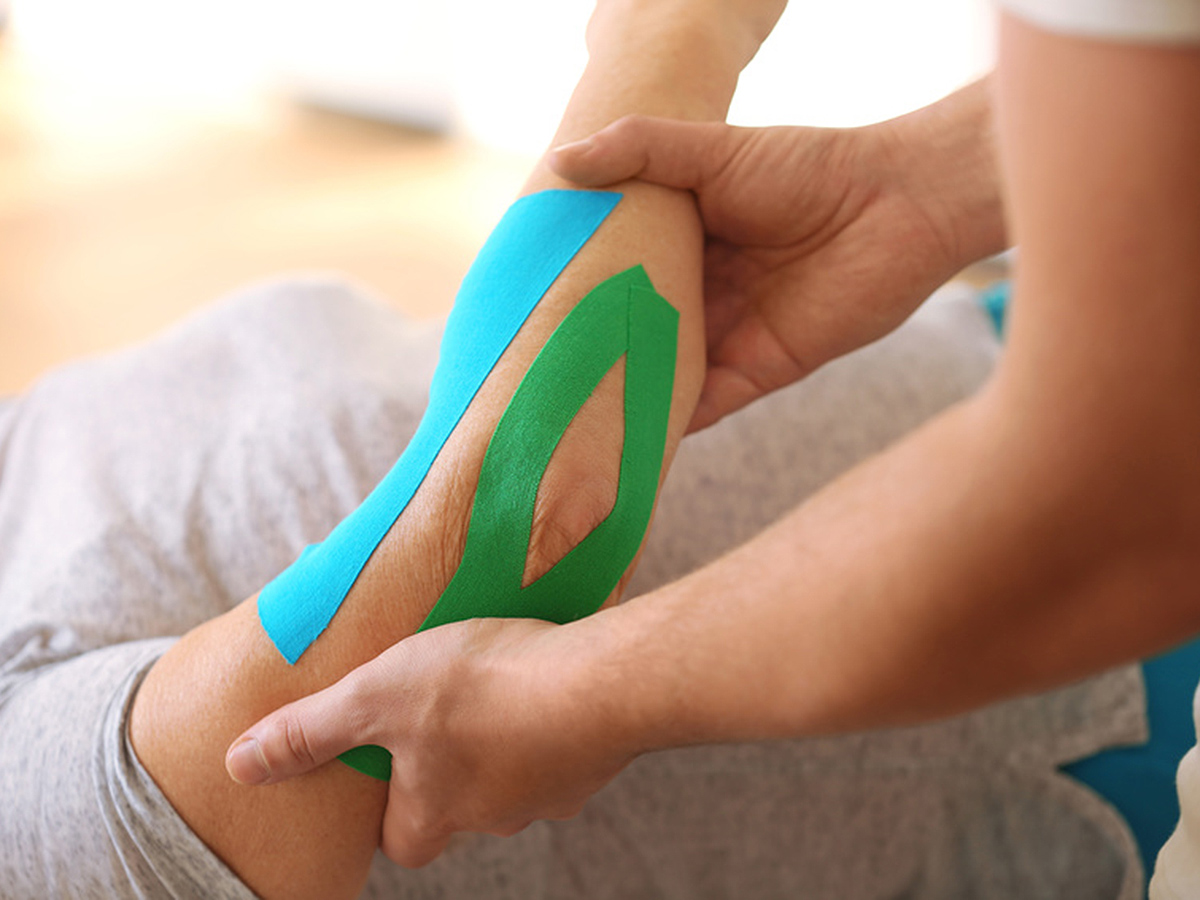
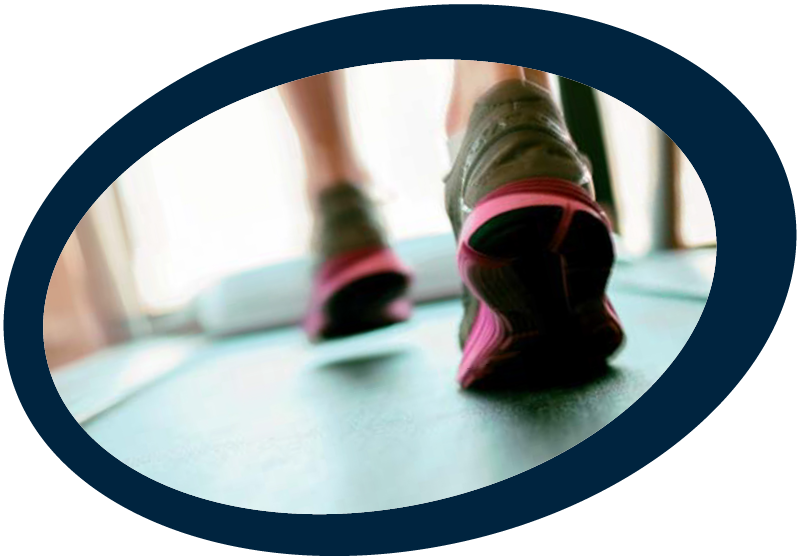
Gait and Running Analysis
Our skeletal and locomotor systems also need a regular check-up.
Unfortunately, we often do not notice that something is wrong until we feel pain when walking, standing or during sporting activity. There are many possible causes, e.g. unsuitable or worn-out shoes, malposition of the feet, ankles, knees, legs or hips, muscular dysbalance or functional weaknesses, and many more. Malposition leads to poor and incorrect posture, and individual strain limits are soon exceeded.
To improve posture, performance and economy of movement we recommend video-assisted gait and running analysis. First, the body and joint axes which are to be examined are marked. These marker points make it possible to identify, analyse and treat any malpositions and causes of pain. The patient’s movement on the treadmill is then recorded by means of four synchronised digital cameras. Then a slow-motion study is carried out of the movement to monitor the gait and running patterns and identify any possible defective positions in the joints and spine. A special video analysis software enables us to measure and evaluate your body angle and compile an individual biomechanical profile of your body.
The Three Analysis Modules
Basic Analysis
Foot, lower leg and ankle with special attention to pronation and rolling movement of the foot, e.g. for:
- Foot/ankle pain (hallux valgus (bunions), heel spurs, ligament injuries, ankle instability)
- Advice concerning sports and running shoes
- Fitting of custom-made orthopaedic shoe insoles
- Nordic Walking beginners
Standard Analysis
Foot, knee and leg axis. In addition, the rotation of the tibia, dynamic leg axis position, stability of the pelvis and the movement pattern of the knees are analysed and advice given regarding running style. For:
- Knee pain (osteoarthritis, before/after operations, »runner's knee«)
- Achilles tendon and shinbone (tibia) pain (e.g. »shin splints«)
- Thigh pain
- Running sports beginners
Premium Analysis
Foot, knee, leg axis and back. This analysis also includes the pelvis, back, upper part of the body and spine, and thus provides detailed information about the kinematics of the entire body. The data gathered during the standard analysis are supplemented by examination and angle measurement of the entire leg axis, the pelvis and the spine as well as by dynamic recording of data relating to the upper body and back. For:
- Pain in the lumbar spine and lower back
- Hip pain (e.g. due to dysplasia, osteoarthritis, bursitis)
- Therapy-resistant problems
- General orthopaedic and muscular balance problems
- Ambitious runners und marathon participants



